Ancient Buddhist Temple
Dong Duong Buddhist Monastery is the common name of a Cham tower complex in Dong Duong village, Thang Binh district, Quang Nam - one of the most important relics of Cham culture.
Unfortunately, the Dong Duong temple complex has been severely damaged by war, nature and humans, so now only a section of the tower wall (locals call it the Bright Tower) remains, along with the foundations of the architectural works and some buried or scattered decorations.
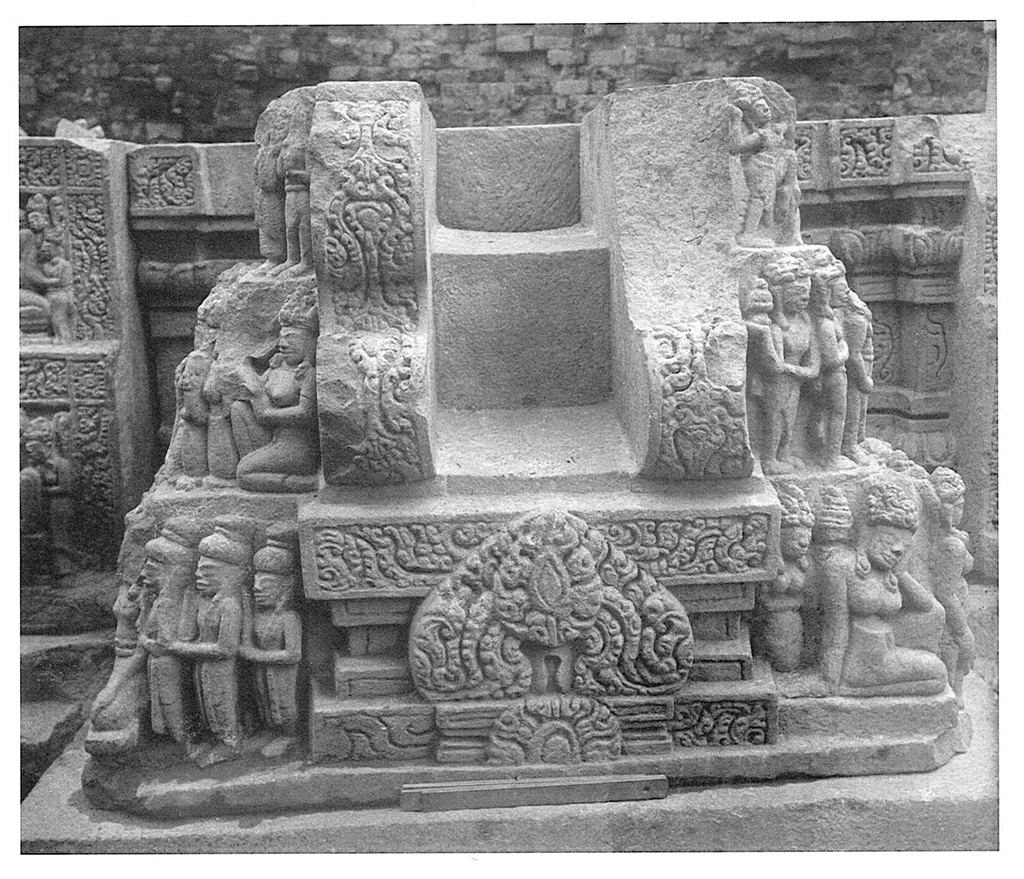
Steps and balustrade of Naga sculpture of the main tower at Dong Duong relic (viewed from the east)
The tower, known as "Buddhist monastery in the middle of the capital of Champa", is located in the center of the capital city of Indrapura. It was built during the period when Buddhism from the Indian subcontinent strongly influenced Cham, so it has special characteristics compared to other towers in the Cham tower system in Vietnam.
The content of the stele found in Dong Duong village states: The Buddhist monastery (Vihara) was built by King Indravarman II (founder of the Indrapura dynasty in the history of the Cham Kingdom) in 875 to worship the dynasty's protector bodhisattva, Laksmindra Lokesvara Svabhayada.
Since his accession to the throne, Indravarman II has promoted Buddhism to flourish almost throughout the northern Cham region. From 875 to 915, many unique Buddhist architectural works were built, along with valuable sculptures. Later scientists named this period the Dong Duong period or Dong Duong style in Cham architectural art.
In the early 20th century, French scientists excavated hundreds of priceless sculptures, most of which are currently on display at the Da Nang Cham Museum, while others are scattered around the world . In 1901, French researcher L.Finot, in his publication on the Dong Duong relic, introduced 229 discovered artifacts. The most prominent of these was a bronze Buddha statue over 1 meter high, which scientists focused on studying.
In 1902, engineer and archaeologist H. Parmentier conducted a large-scale excavation at Dong Duong Buddhist Monastery. This excavation attracted the attention of researchers, and the results showed that Dong Duong is one of the most important Cham relics in Southeast Asia.
The above studies and surveys have shown the special architecture of Dong Duong Buddhist Monastery. Accordingly, in an area of 155 m wide and 326 m long, there are 3 architectural clusters following each other along the west-east axis and separated from each other by partition walls. In those 3 clusters, the western and eastern clusters have many remaining architectural and sculptural vestiges.
The western cluster consists of the central worship tower, the subsidiary towers and small shrines located along the surrounding walls. The main worship tower is a traditional Cham tiered tower consisting of a base, a body and floors. The walls around the base of the main tower are decorated with alternating towers and elephant heads.
Central cluster: Here, the architectural works have almost completely collapsed, leaving only traces of walls, thresholds, etc. One of the most important architectural works of this cluster is the long house, running east-west, with two doors opening at the east and west gables. The house gets light through two rows of windows on both sides of the long wall. Although not leaving many architectural and sculptural traces as in the western cluster, some of the stone Dvarapala statues are the most beautiful and impressive statues not only of Dong Duong but also of the history of Champa art.
The eastern cluster is an architectural area that functions as a real Buddhist monastery. In this cluster, apart from the long house, there is no trace of a tower. The long house is built on two rows of eight columns, with two large main columns, all made of brick and all square. The Vihara altar located in this cluster has a statue of Buddha Shakyamuni. The front of the pedestal of the Buddha statue is decorated with a figure with four heads and eight arms, above which is a statue of Buddha sitting with his legs hanging down and his hands resting on his knees. Around the Buddha statue are small stone statues depicting monks standing and kneeling along with Arhats.
Golden age
Dong Duong Buddhist Monastery is a historical witness to the golden age of the Cham kingdom as well as the influence of Buddhism on the Cham people.
At the end of the 2nd century, the Cham people built the Lam Ap state. Because it was located on the sea route, the Cham people soon had contact and cultural exchange with the Indians, and adopted Buddhism from the Indian subcontinent. The inscriptions on the stele in Dong Duong show that the people's lives were very prosperous, with crops harvested from large fields, and metal objects (gold, silver, copper, iron, etc.) offered by the king to the Bodhisattva who protected the dynasty and to the monks to spread the Dharma. These records reflect the bustling activities of agricultural life as well as the rich development of the manufacturing industry. At the same time, they also reflect the religious belief that always played a very important role in the spiritual life and governed all activities of the Cham people.
The Buddhist character of Dong Duong relic site is clearly shown from: stele inscription, unique architectural complex, 108 cm high Buddha statue, Lokesvara statue, main altar and group of statues in Vihara (Buddhist temple), long houses for monks to live, column-shaped architecture surrounding the gate towers located on the edge of each perimeter wall are structures that do not appear in all Cham temples.
According to the assessment of researchers, all the above-mentioned distinctive and unique details have created a strong impression for the architectural works in the Buddhist temple. Regarding the art of sculpture, along with the main altar, the statues of Bodhisattvas on the Buddha hall, the two statues discovered in Dong Duong are not only invaluable assets of the Cham people and Cham culture, but also proud common assets of the Vietnamese ethnic community. (continued)
Source link


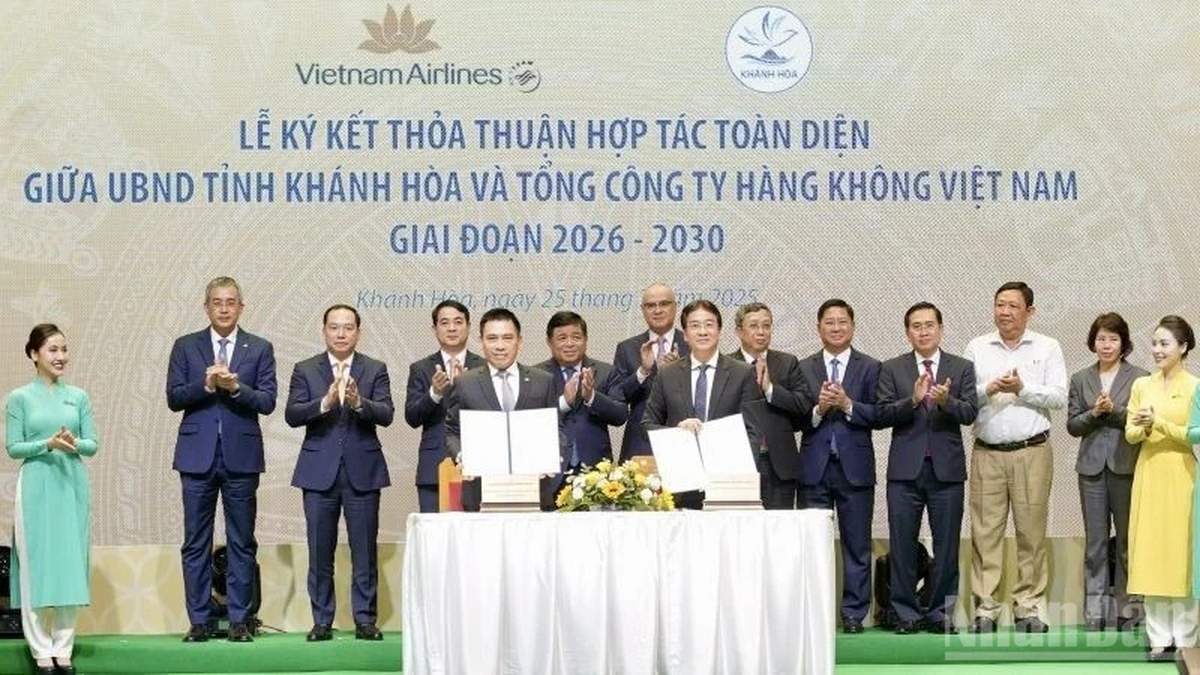

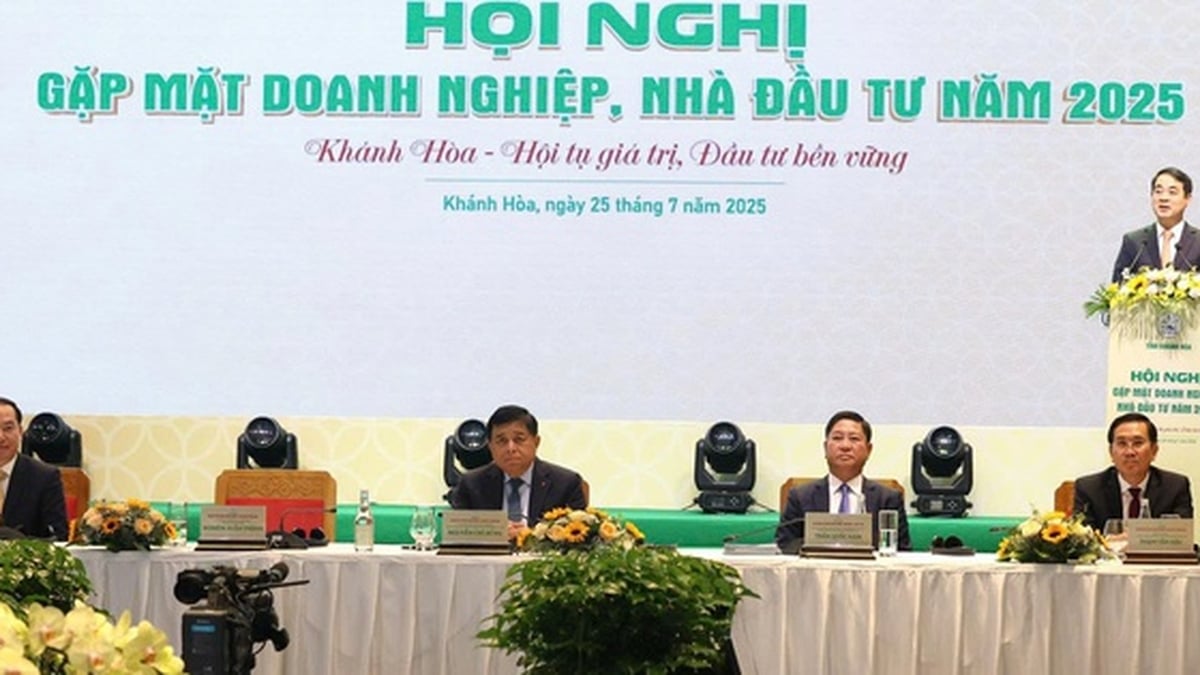
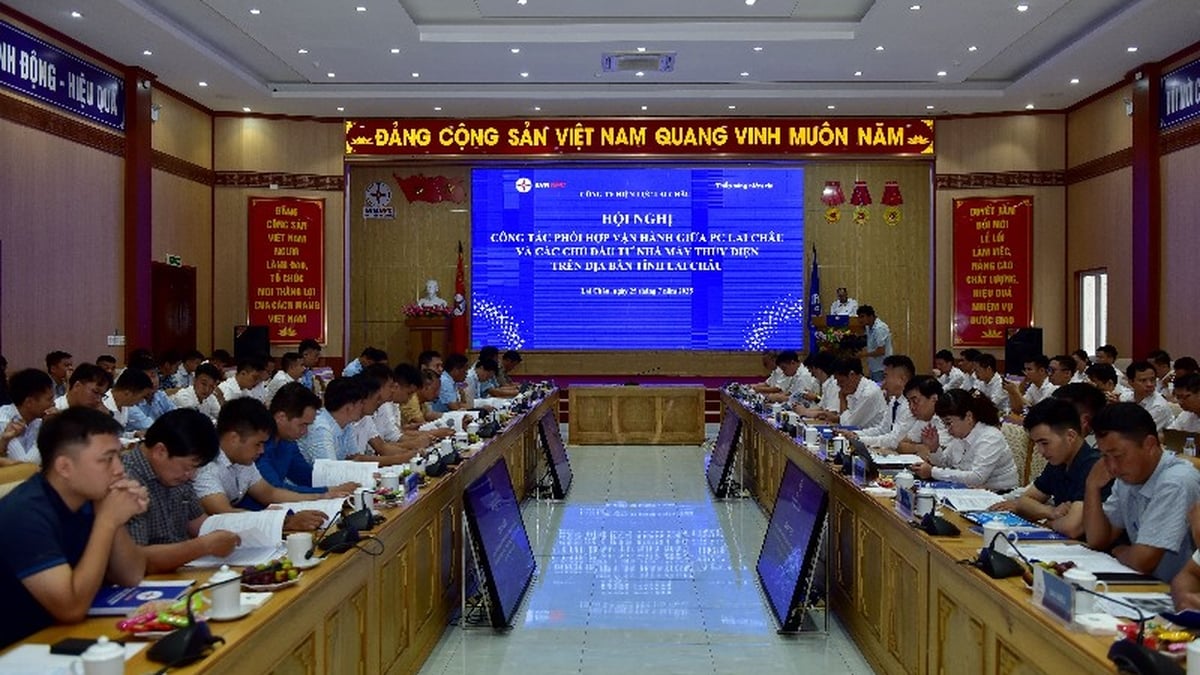
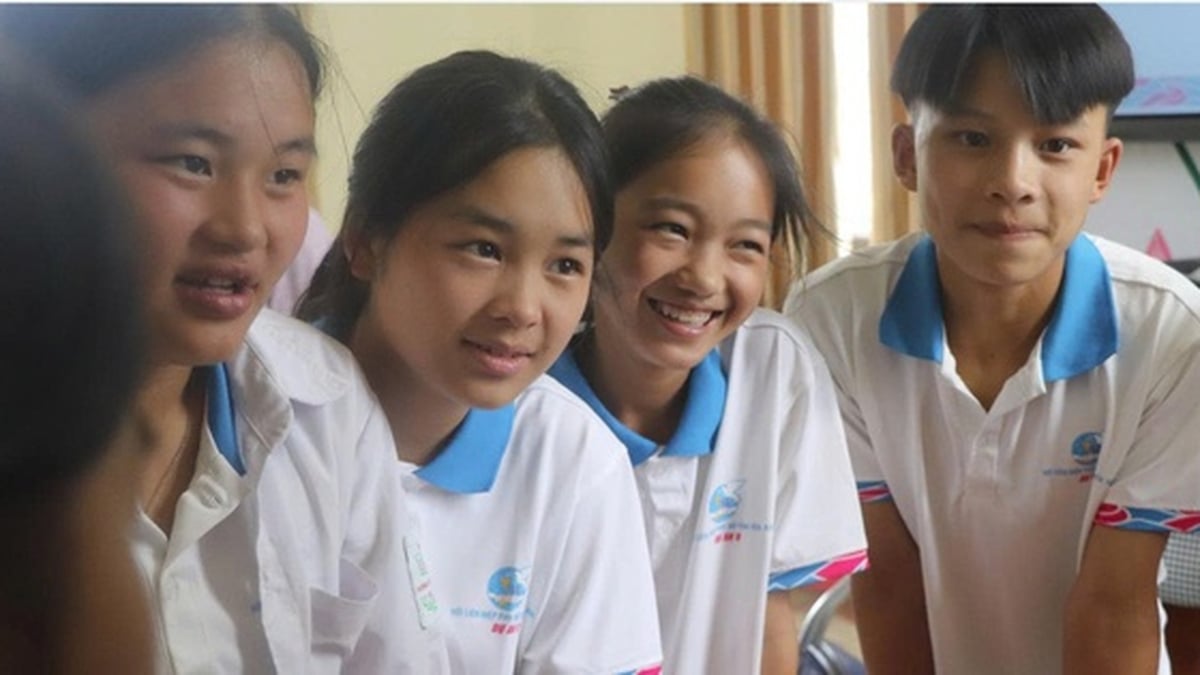



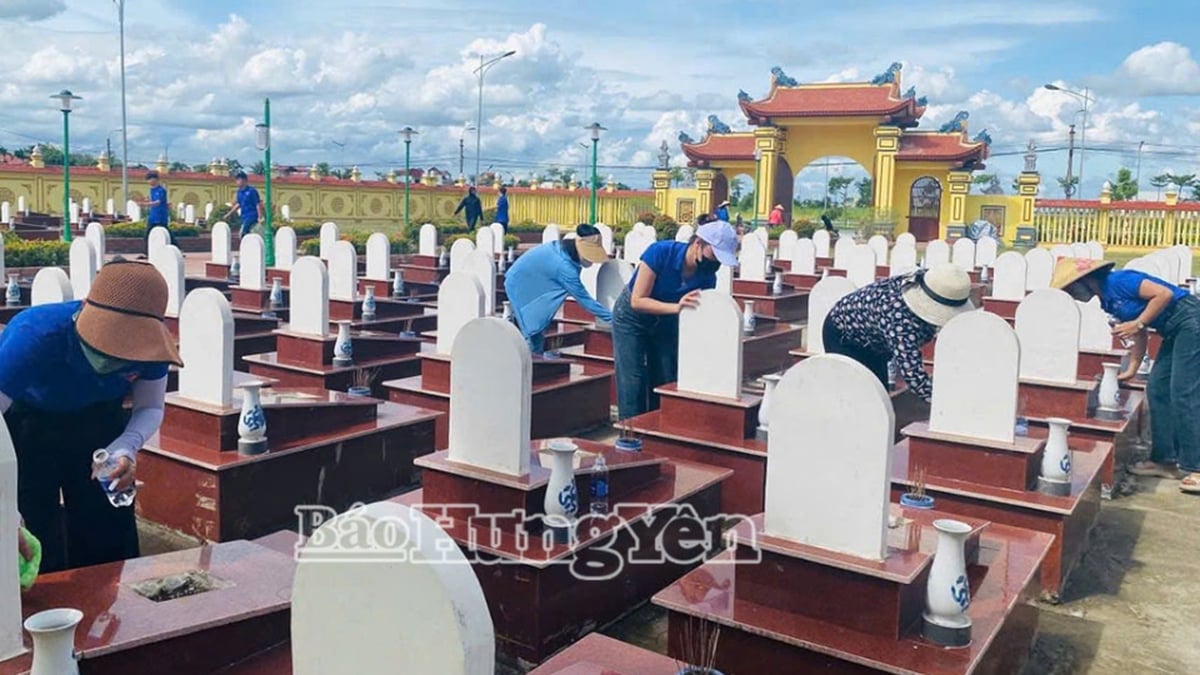
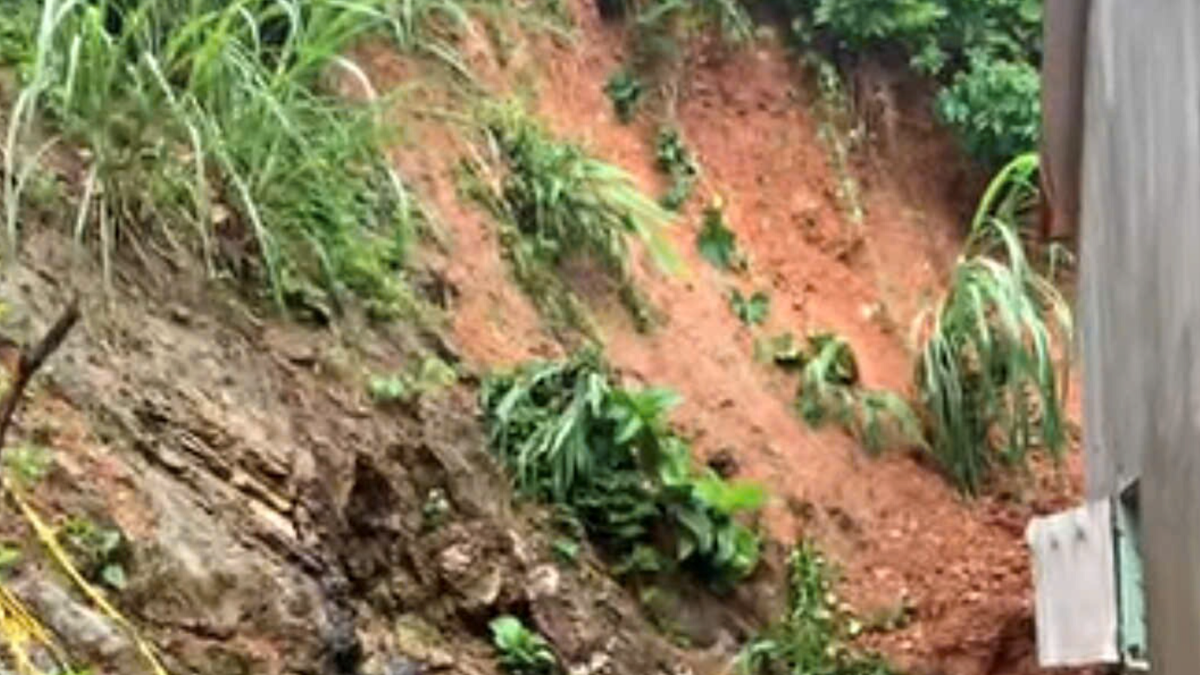



















![[Photo] Signing of cooperation between ministries, branches and localities of Vietnam and Senegal](https://vphoto.vietnam.vn/thumb/1200x675/vietnam/resource/IMAGE/2025/7/24/6147c654b0ae4f2793188e982e272651)
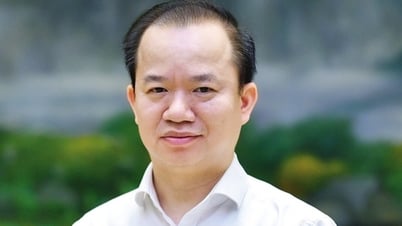

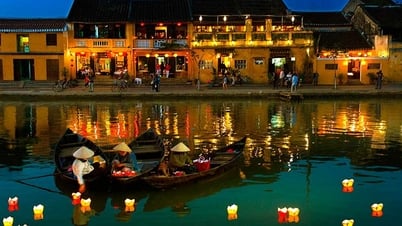



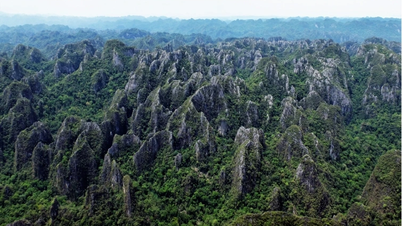

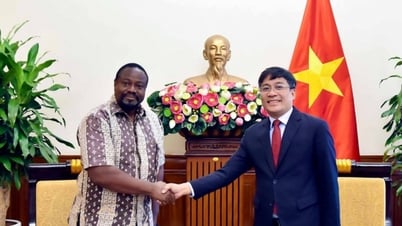
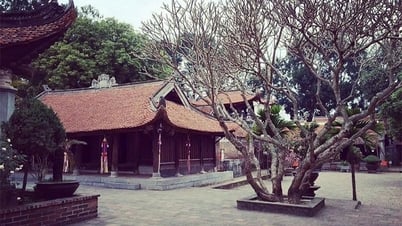

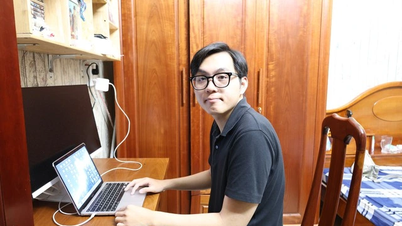
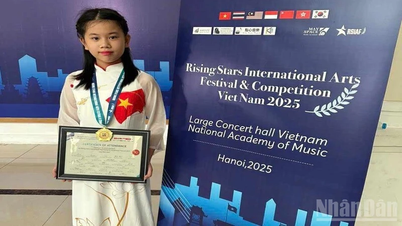


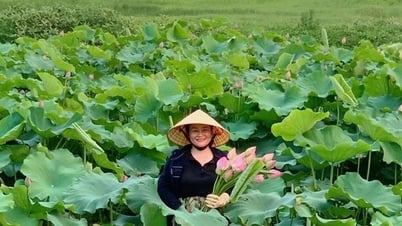

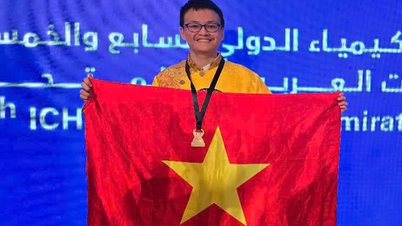

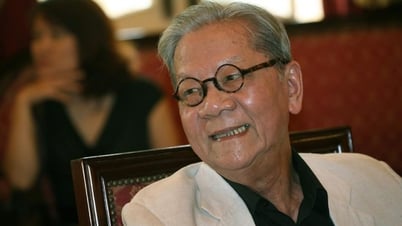








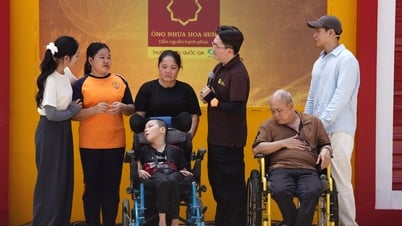

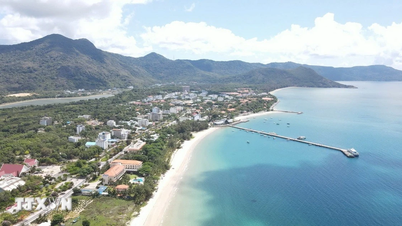
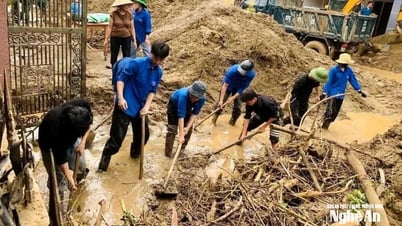





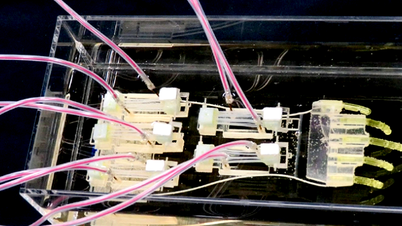
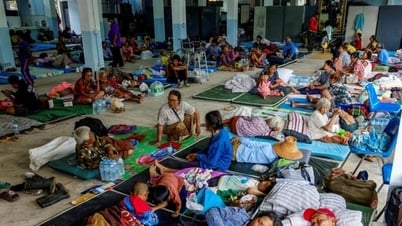



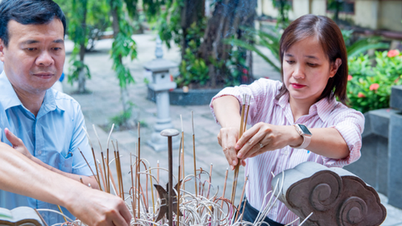
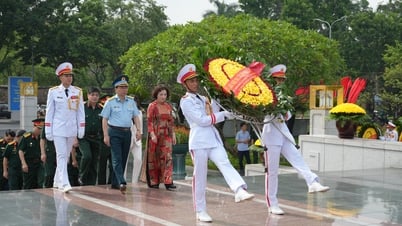

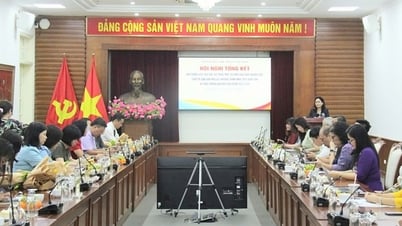


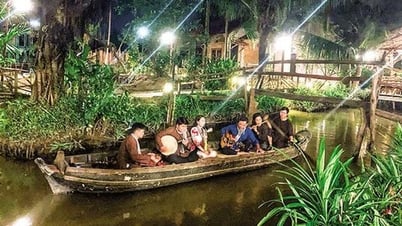






















Comment (0)